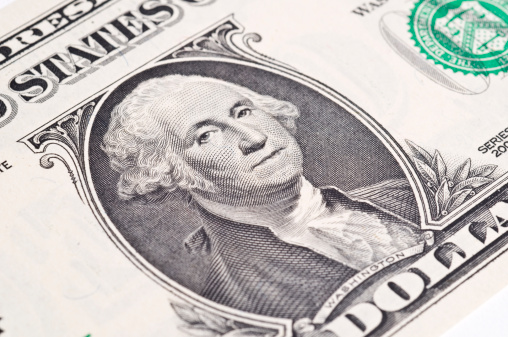
Now, consider how that might apply to the ratings agencies like Moody’s Corp. (NYSE: MCO) or The McGraw-Hill Companies’ (NYSE: MHP) Standard & Poor’s or Fitch Ratings. Under their current modus operandi the agencies are paid by the bond issuers for ratings. We all know how that worked out, and S&P now faces a federal investigation related to its ratings of mortgage-backed securities prior to the real estate meltdown of 2007.
The logical thing would be for the ratings users to pay for those bond ratings, but the trick would be how to control the way the data gets disseminated. After all, if a brokerage pays for something, it would want to own it. And the bond brokers wouldn’t want to be saddled with bad ratings either because they couldn’t sell dicey bonds to savvy investors. Corporate bond issuers would hate this too.
How about having the federal government pay? Certainly the cost wouldn’t be nearly as high as the cost of propping up and bailing out the financial system. But, realistically, the philosophical and political issues with having the government pay for bond ratings has virtually no chance of gaining any traction.
The ratings system we’ve got — including the threat of federal prosecution — might be the best we can get. But do you really think Moody’s or S&P or Fitch is as trustworthy as Angie’s List? Really?
Are You Still Paying With a Debit Card?
The average American spends $17,274 on debit cards a year, and it’s a HUGE mistake. First, debit cards don’t have the same fraud protections as credit cards. Once your money is gone, it’s gone. But more importantly you can actually get something back from this spending every time you swipe.
Issuers are handing out wild bonuses right now. With some you can earn up to 5% back on every purchase. That’s like getting a 5% discount on everything you buy!
Our top pick is kind of hard to imagine. Not only does it pay up to 5% back, it also includes a $200 cash back reward in the first six months, a 0% intro APR, and…. $0 annual fee. It’s quite literally free money for any one that uses a card regularly. Click here to learn more!
Flywheel Publishing has partnered with CardRatings to provide coverage of credit card products. Flywheel Publishing and CardRatings may receive a commission from card issuers.
Thank you for reading! Have some feedback for us?
Contact the 24/7 Wall St. editorial team.



